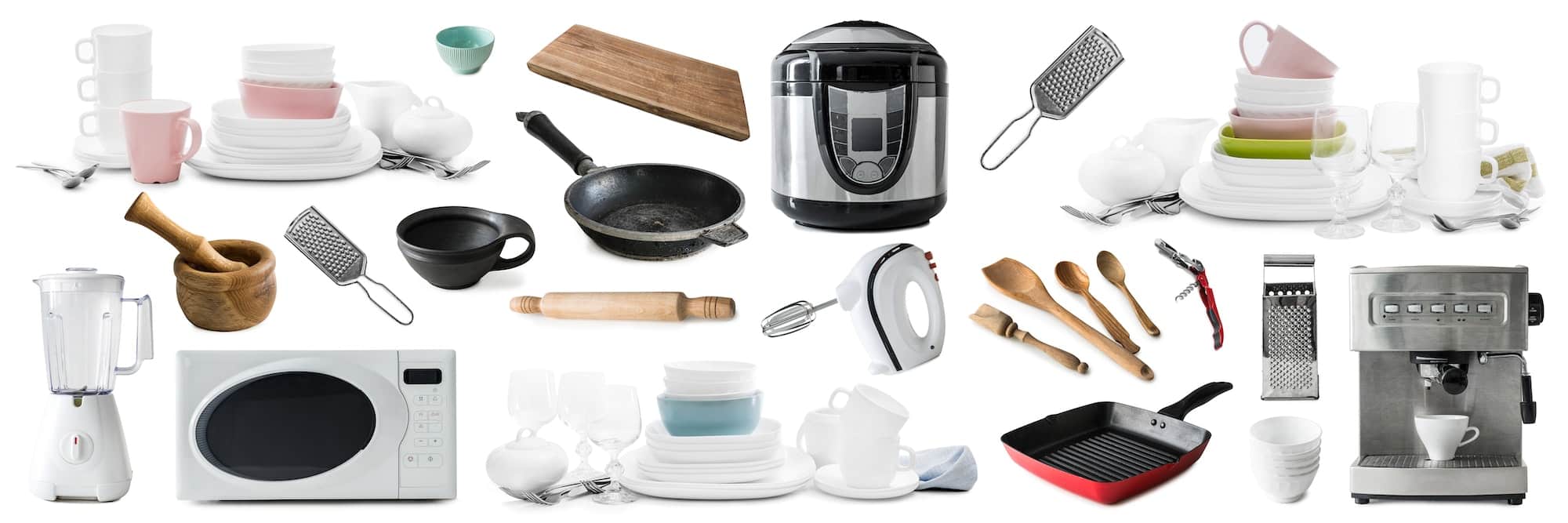What Are the Best Energy-Efficient Appliances for a Green Kitchen Remodel?

In the world of kitchen remodeling, there’s a growing trend towards creating environmentally friendly, energy-efficient spaces. A green kitchen remodel not only means a healthier environment but also significant savings on energy bills. In this comprehensive guide, we’ll dive into the best energy-efficient appliances, materials and design ideas that can make your kitchen greener and eco-friendlier.
The Importance of Energy-Efficient Appliances in a Green Kitchen
Selecting the right appliances plays a crucial role in an energy-efficient kitchen design. It’s not just about choosing modern, high-tech gear; it’s about selecting appliances that will conserve energy and water, reducing your carbon footprint and your bills.
A lire aussi : How Can You Create a Special Needs-Friendly Bathroom with the Latest Technologies?
Energy-efficient appliances, such as refrigerators, dishwashers, and ovens, are designed to use less energy and water than standard models. They often carry an Energy Star rating, a government-backed label that signifies energy efficiency.
Refrigerators with an Energy Star rating, for instance, use 15 percent less energy than non-rated models. That’s a substantial saving over the appliance’s lifetime, considering that refrigerators usually account for up to 14 percent of a home’s total energy usage.
A lire aussi : How to Create a Home Spa with Space-Saving Features?
Dishwashers are another major energy and water consumer in the kitchen. Energy Star-rated dishwashers can save you more than 3,800 gallons of water over their lifetime. They also use less than half the energy of washing dishes by hand.
Lastly, consider energy-efficient ovens. While they may cost more upfront, the energy savings over time can quickly offset the initial investment. Look for models with convection cooking, which circulates hot air around the food, cooking it more quickly and evenly than traditional ovens.
Choosing Sustainable Materials for a Green Kitchen Remodel
The choice of materials is another significant aspect of a green kitchen remodel. Selecting natural, recycled, or sustainable materials can greatly reduce the environmental impact of your kitchen.
Cabinet materials play a large role in this. Consider using cabinets made from FSC-certified wood, which ensures the wood is sourced from responsibly managed forests. Alternatively, you can go for reclaimed wood cabinets, which are not only eco-friendly but also add a unique, rustic charm to your kitchen.
Countertops are another area where you can make a green choice. Recycled glass countertops, for instance, are beautiful, durable, and made from post-consumer recycled material. Besides, they are heat, stain and scratch-resistant, making them a practical choice for busy kitchens.
For flooring, consider sustainable options like bamboo or cork. These materials are rapidly renewable and offer an eco-friendly alternative to traditional hardwood floors. They also provide a warm, inviting look to your kitchen.
Implementing Eco-Friendly Design Practices
The design of your kitchen can greatly impact its energy efficiency. From the placement of appliances to the type of lighting, every design decision can contribute to a greener kitchen.
A smart and efficient layout can reduce energy usage and make your kitchen more comfortable. For instance, placing the refrigerator away from the oven can prevent it from working harder to keep cool. Similarly, designing your kitchen to maximize natural light can reduce the need for artificial lighting during the day.
Speaking of lighting, consider using LED lights. They use up to 80 percent less energy than traditional incandescent bulbs and last much longer. Plus, they come in a variety of colors and brightness levels, allowing you to create the perfect ambiance for your kitchen.
Choosing Efficient Water-Using Fixtures
Water is a precious resource, and conserving it is a key aspect of a green kitchen. Choosing efficient water-using fixtures can significantly reduce your water consumption.
A low-flow faucet, for instance, can reduce water flow by up to 40 percent. Similarly, a dual-flush toilet can save up to 4,000 gallons of water per year compared to a standard toilet.
Finally, consider installing a greywater recycling system. These systems reuse water from your sink and dishwasher, reducing your water usage and lowering your water bill.
The Impact of a Green Kitchen Remodel
Turning your kitchen green is not only good for the environment but also for your wallet. Energy-efficient appliances and water-conserving fixtures can significantly reduce your utility bills. Moreover, using sustainable materials can minimize the environmental impact of your kitchen remodel.
In conclusion, a green kitchen remodel is an investment that pays off in many ways. It is a step towards creating a healthier, more sustainable home. And with the right choices, it can also contribute to a more beautiful and comfortable kitchen.
The Role of Indoor Air Quality in a Green Kitchen
An often overlooked aspect of a green kitchen remodel is the importance of good indoor air quality. The kitchen is one of the primary sources of indoor air pollution in many homes due to the cooking process, which can release harmful pollutants like nitrogen dioxide and carbon monoxide. By focusing on maintaining good air quality, you can ensure your kitchen remains a healthy, eco-friendly space.
Ventilation plays a significant role in maintaining indoor air quality. Investing in a high-quality range hood can effectively capture and vent out cooking pollutants. When shopping for a range hood, look for models with a high CFM (cubic feet per minute) rating, which indicates its ability to move air.
In addition, make sure to pay attention to your cooking habits. Avoid high-heat cooking methods like frying or charbroiling as much as possible. Opting for slower, lower-heat methods can significantly reduce the amount of pollutants released.
Finally, consider installing indoor plants in your kitchen. Not only do plants help improve air quality by absorbing carbon dioxide and releasing oxygen, but they also add a fresh, natural feel to your kitchen.
The Long-Term Benefits of a Green Kitchen Remodel
Implementing a green kitchen remodel may require a higher initial investment, but the long-term benefits are substantial. Energy-efficient appliances and water-saving fixtures can considerably reduce your utility bills over time. The use of sustainable materials ensures that the impact of your kitchen renovation on the environment is minimal.
Energy efficiency translates directly into cost savings. The reduced energy consumption of Energy Star appliances, for example, can save you hundreds, if not thousands, of dollars over their lifetime. Similarly, efficient water fixtures can significantly lower your water bill.
Sustainable materials, on the other hand, help to reduce the carbon footprint of your kitchen renovation. By choosing FSC-certified wood or recycled materials, you are promoting responsible forest management and waste reduction.
Furthermore, a green kitchen remodel can increase the value of your home. With the increasing awareness of environmental issues, many homebuyers are willing to pay a premium for eco-friendly homes.
In conclusion, a green kitchen remodel is more than just a trendy choice. It is a commitment to sustainability and energy efficiency that can reward you with significant cost savings and a healthier living environment. So, when you’re planning your next kitchen remodeling project, consider going green. It’s a decision you’re unlikely to regret.
